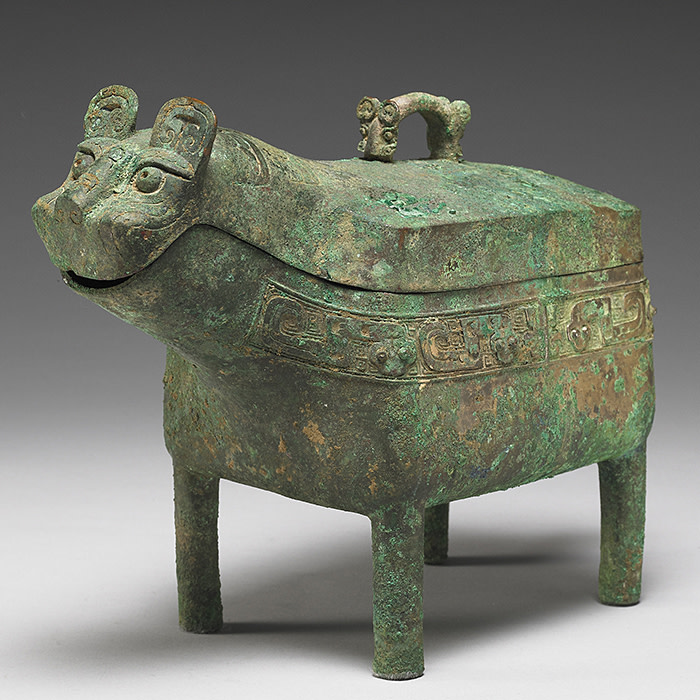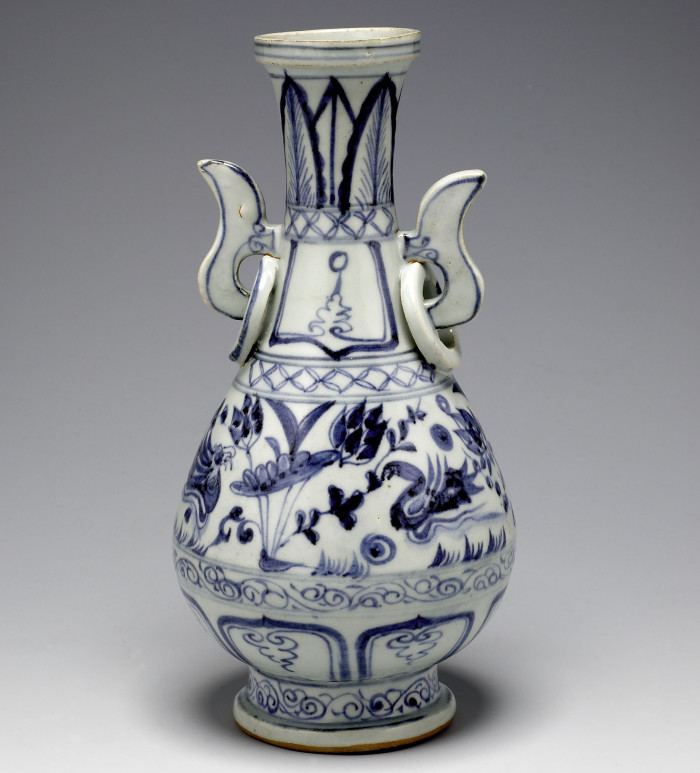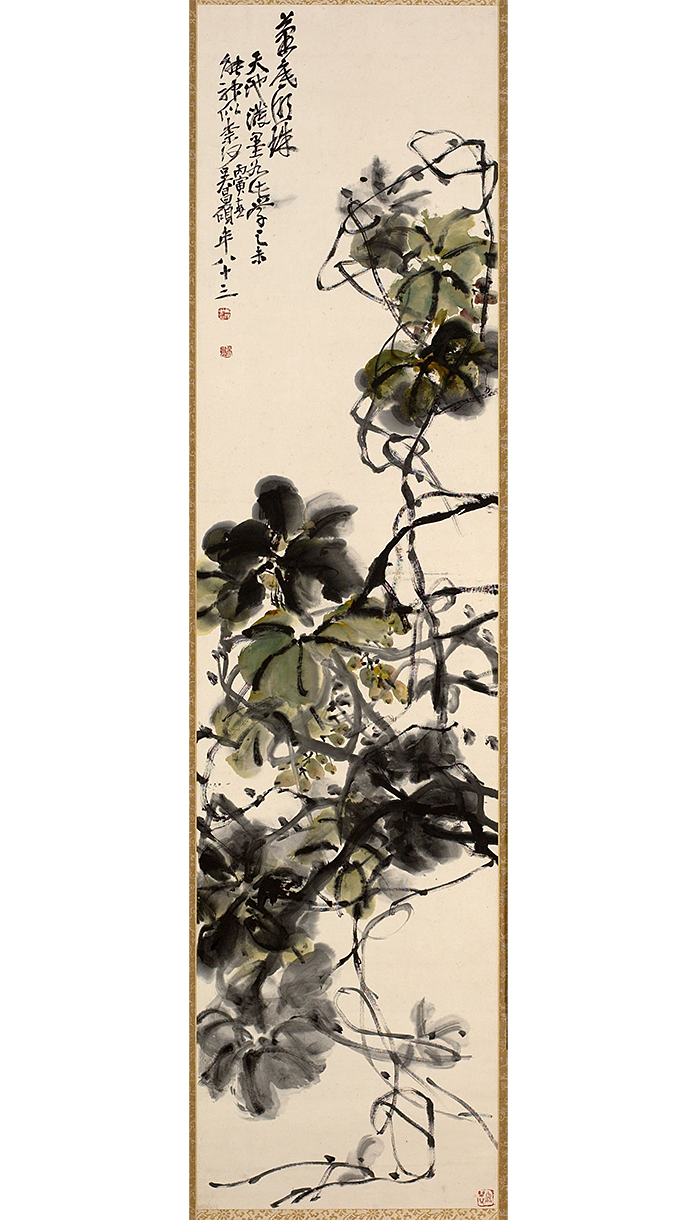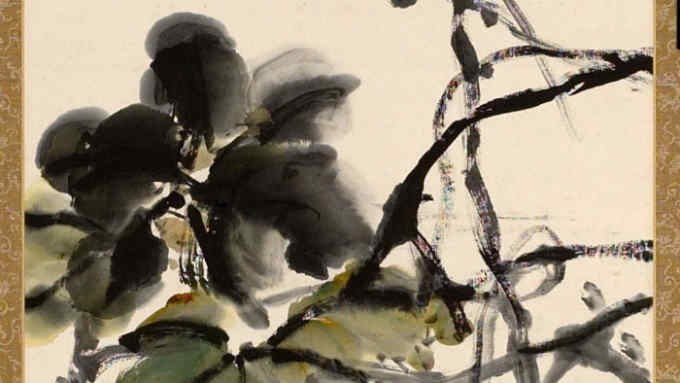Treasures of Taiwan: inside one of the world’s great art collections

Roula Khalaf, Editor of the FT, selects her favourite stories in this weekly newsletter.
Taiwan, like Hong Kong, is home to some of the most sophisticated collectors of both traditional and contemporary art in Asia. It’s perhaps hardly surprising, given that the centuries-old Chinese traditions of collecting and connoisseurship were able to survive on both islands.
Taipei’s trump card, however, is that it houses one of the world’s great art collections. Embracing more than 650,000 antiquities and works of art, mostly from the historic imperial collections in the Forbidden City in Beijing, the National Palace Museum spans some 8,000 years, from the Neolithic to the modern, and everything from painting and calligraphy to bronzes, jades, lacquerware, ceramics and textiles.
Some 3,000 crates of treasures from the National Beijing Palace Museum alone crossed the Strait in 1948-49, as the government and army of Chiang Kai-shek’s Republic of China retreated to Taiwan after their defeat by Mao Zedong’s Communists on the mainland. A few hundred pieces were put on display from 1956, but the museum itself only opened in 1965.
“I think people here were dazzled by the magnificence of the imperial material, and it made collectors raise their game,” explains James Spencer, a former head of Chinese art at Christie’s Hong Kong. “Everyone wanted imperial pieces.”
Spencer moved to Taipei in 1989 as the curator of the Chang Foundation, arguably the best of the private museums that began to proliferate in Taiwan in the 1980s in the wake of the island’s growing prosperity. Its founder, the late businessman and avid collector TK Chang, described its mission as being “to promote and encourage the study and appreciation of Chinese art”. Citing the destruction of so much cultural heritage during China’s tumultuous history, he made a rallying cry for collectors to reacquire major pieces that had gone overseas.
He and his sons have “restituted” works such as Yuan dynasty (1271-1368) blue and white porcelain and 18th-century imperial famille rose with old British provenances, and teased out of Japanese collections prized simpler, earlier wares. Sought out, too, were the modern Chinese masters such as Wu Changshuo, Qi Baishi, Zhang Daqian and Fu Baoshi, whose ink and colour paintings on paper now vie with ceramics to make headline sums at auction.

It is a combination of ancient and modern that has continued to find favour among collectors in Taiwan, although the range of their interests is becoming increasingly global and diverse. Even — or perhaps especially — the wealthy members of the discreet and exclusive Ching Wan Society, a collectors’ circle founded in 1992, have ventured into the global contemporary art market.
It is hard to imagine anyone more wide-ranging than the astute and thoughtful Robert Tsao, whose microelectronics company has supported a serious and constantly evolving collecting habit. Beginning with a Neolithic ritual jade cong of the Liangzhu culture of around 3300-2000 BC, and outstanding, complex archaic ritual bronzes, such as a Shang you (a lidded vessel) of around 1650-1500 BC, it continues, through various media, to contemporary art — from both east and west.
“If works of art can touch you they have something in common, no matter whether they are ancient or modern, eastern or western,” he told me when I met him in 2013.
He believes that ancient ritual objects had a profound influence on Chinese aesthetics. “As ceremonial objects used in religious or sacrificial rituals that involved communing with spirits and ancestors, something more imaginative than realism was required,” he said. “Ancient Chinese art emphasised imagination and inner power for the purpose of communicating a message in a solemn and mystical ritual.” The literati painting developed in the 11th century by the poet-calligraphers of the Song dynasty similarly concerned itself with the expression of thoughts and feelings rather than visual reality.

In this light, Tsao’s patronage of an artist such as Zhu Dequn is perfectly coherent. One of the artists who left China for Paris in the 1950s, Zhu forged a style of large-scale oil painting that fused traditional approaches with western abstraction.
Tsao requires an emotional connection with the works of art that he chooses to live with. “We have a saying here that if something is genuine it will talk to you. A fake is done for a commercial purpose. There will be signs of rushing, a lack of integrity and sense of seriousness,” he explained.
He learnt the hard way. His first purchases back in the late 1980s were of jades, traditionally the most prized of materials: “After I bought them, it occurred to me that I should have studied the field a bit before I acquired them, so I bought a lot of books and read them, studied the jades in the National Palace Museum, and it became clear to me that all of mine were fakes.” It is hard to find a collector — or even a curator — in Taiwan, Hong Kong or the mainland who has not suffered a similar experience.
According to James Lin, the curator responsible for the Asian art collections at the Fitzwilliam Museum in Cambridge, the Chinese art market has been affected by fakes ever since the Song dynasty literati scholars began collecting antiquities in order to understand the past. “Now the demand for all traditional works of art is huge: pieces are purchased not only by connoisseurs but also for investment or bribes. Faking techniques continue to improve and scams have become more professional,” he says. “As a result, collecting is much more challenging than at any other time in Chinese history. It is why so many collectors today think it is safer to buy contemporary art.”

Comments